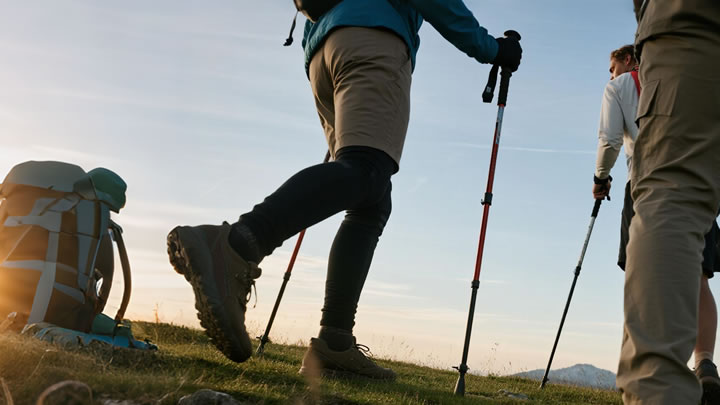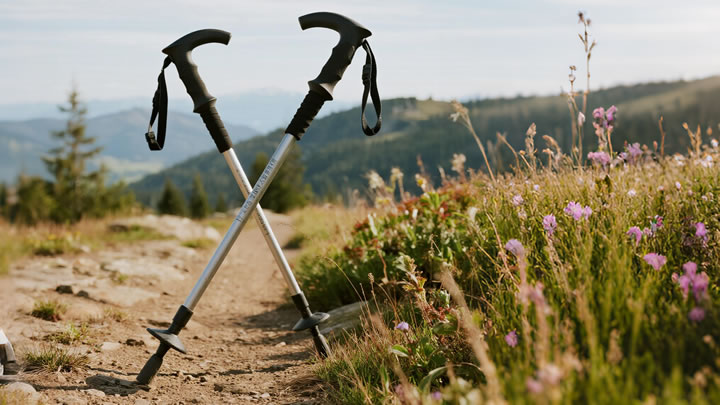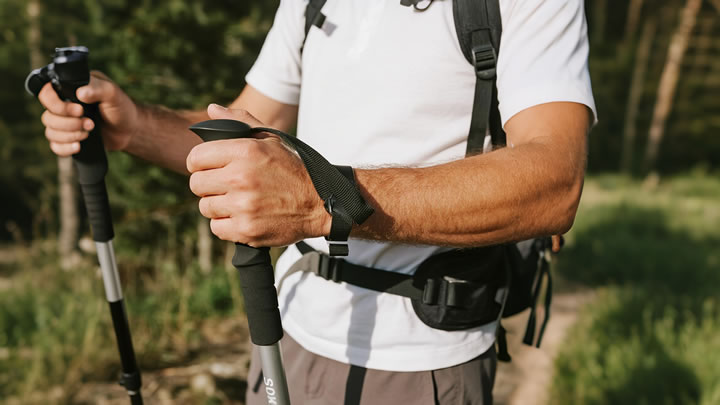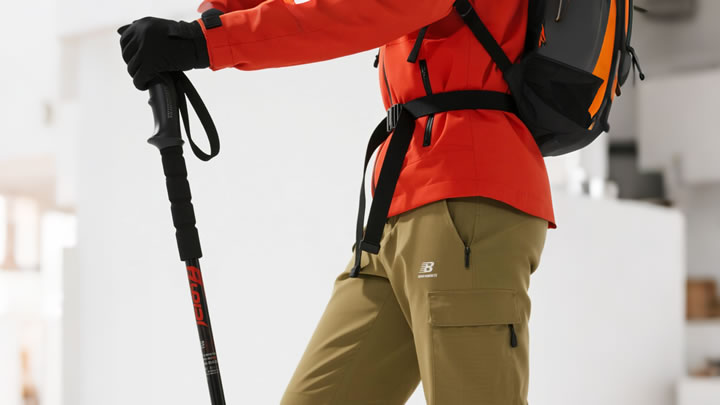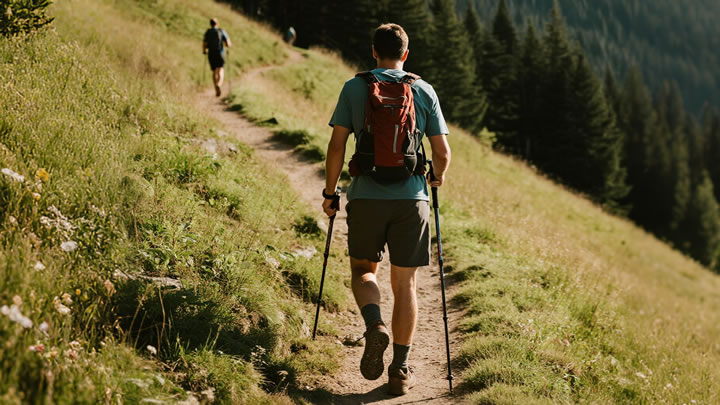How to choose the right length for trekking poles?
Thursday, July 24, 2025
Choosing the correct trekking pole length is critical for comfort, efficiency, and injury prevention. Improper sizing can cause joint strain, reduced stability, or inefficient energy transfer. Here’s a comprehensive guide to finding your ideal fit:
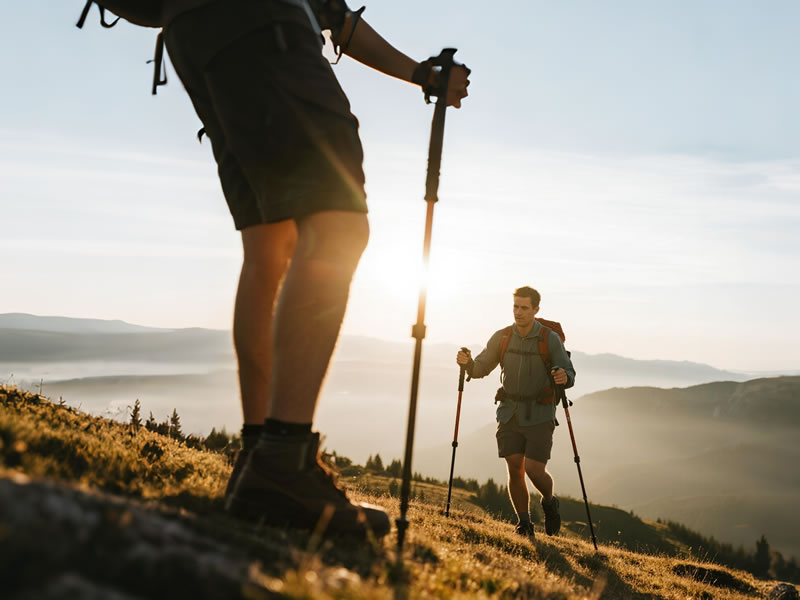
✅ Core Principles
- The 90-Degree Rule (Starting Point)Stand upright on flat ground, wearing your hiking shoes.Bend your elbow at 90 degrees – the grip should align with your palm.Pro Tip: Use a sizing chart as a baseline (e.g., 110–120cm for 5’6"–5’11" hikers).
- Adjustability is Non-NegotiablePrioritize poles with lever or twist locks (15–20cm adjustability).Fixed-length poles rarely suit varied terrain.
⛰️ Terrain-Driven Adjustments
| Scenario | Adjustment | Why |
|---|---|---|
| Uphill | Shorten 5–10cm | Prevents overreach, maintains power posture. |
| Downhill | Lengthen 5–10cm | Increases stability & reduces knee impact. |
| Sidehills | Shorten uphill pole | Improves balance on uneven slopes. |
🔍 Key Factors Beyond Height
- Backpack Weight: Heavy loads compress your spine – lengthen poles 2–5cm.
- Pole Angle: Aggressive forward lean? Shorten poles slightly.
- Wrist Straps: Properly adjusted straps transfer 30% of impact to your arms.
⚠️ Critical Pitfalls to Avoid
- Overextension: Elbows >90° cause shoulder fatigue.
- Underextension: Bent elbows >90° reduce power transfer.
- Ignoring Lock Reliability: Test locks under load to avoid mid-hike collapses.
🛠️ Special Cases
- Nordic Walking: Poles 5–15cm longer than hiking poles for rolling motion.
- Folding Poles: Ensure extended length matches your terrain needs (some max out at 120cm).
🔬 The Science Behind Length
Correctly sized poles:
- Reduce knee pressure by 25% (University of Salzburg study).
- Enhance uphill propulsion by 20% (Journal of Sports Sciences).
- Minimize muscle fatigue through optimal load distribution.
🧪 Test Before You Trek
- Flat Ground Test: Walk naturally – arms should swing comfortably with a slight elbow bend.
- Decline Test: Lengthen poles until downhill strides feel controlled without leaning.
- Pack Test: Adjust with a loaded backpack on uneven ground.
💎 Final Checklist
- Start with the 90-degree rule.
- Choose adjustable poles (135cm max for versatility).
- Shorten for climbs, lengthen for descents.
- Recheck length with gear loaded.
- Practice dynamic adjustments mid-hike.
Pro Insight: Your ideal length changes hourly with fatigue and terrain. Master micro-adjustments to transform poles from "sticks" to kinetic partners.
The Takeaway: There’s no universal "right" length – only the right length for your body, terrain, and goals. Invest in adjustable poles, learn to adapt, and you’ll unlock 30% more efficiency while protecting your joints on every trail.

